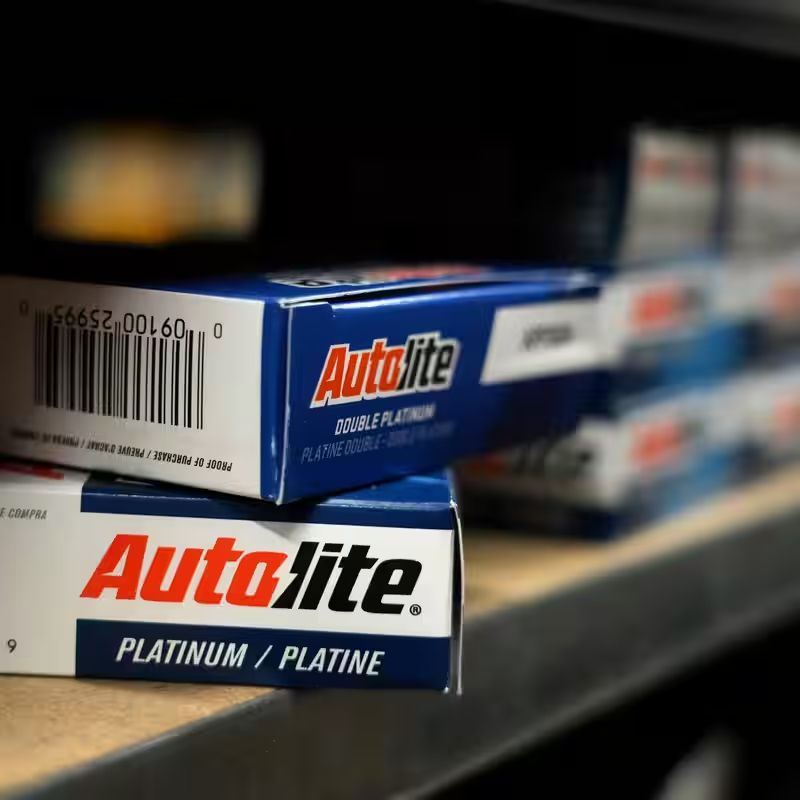Table of Contents
- CEO Steps Down Amid Turmoil
- Accounting Red Flags and Missing Billions
- Private Credit Market Under Fire
- What Happens Next for First Brands?
- Sources
First Brands CEO Resigns as Bankruptcy Fallout Deepens
Patrick James, the Malaysian-born founder and CEO of auto parts giant First Brands, has stepped down from his role amid a spiraling financial crisis that has sent shockwaves through Wall Street. The company, which filed for bankruptcy last month, is now under intense scrutiny for alleged accounting irregularities and undisclosed debt obligations.
James, who launched First Brands in Ohio in 2013, oversaw rapid expansion fueled by aggressive acquisitions—buying 15 competitors using borrowed capital. By 2024, the company claimed $5 billion in annual sales and employed 26,000 people globally. But that growth may have been built on shaky financial ground.
Charles Moore, previously serving as Chief Restructuring Officer since September, has taken over as interim CEO. In a statement, Moore emphasized stability: “Our immediate priority is to ensure dependability for our employees, customers, and partners.” He also confirmed the company is investigating “the past use of various financing instruments.”
Accounting Red Flags and the $2.3 Billion Vanishing Act
Court documents filed by creditors last week revealed a stunning claim: up to $2.3 billion in assets have “simply vanished.” Lenders allege that First Brands used questionable accounting tactics to obscure its true financial health, including pledging the same future invoice payments to multiple creditors—a practice that could amount to double- or even triple-counting receivables.
These revelations surfaced during negotiations this summer when First Brands hired investment bank Jefferies to restructure its $6 billion in high-yield “junk” debt. That process triggered deeper inquiries from lenders, who uncovered billions more in off-balance-sheet obligations from private credit firms.
Notably, major financial institutions—including Jefferies, UBS, and BlackRock—were involved in financing the company’s operations, raising questions about due diligence in the booming private credit sector.
How First Brands’ Debt Structure Unraveled
| Debt Type | Reported Amount | Status |
|---|---|---|
| On-Balance-Sheet Junk Debt | $6 billion | Publicly disclosed |
| Off-Balance-Sheet Private Credit | Billions (undisclosed) | Hidden until summer 2025 review |
| Disputed/Unverified Assets | Up to $2.3 billion | “Vanished,” per creditor filings |
Private Credit Market Faces Reckoning
The First Brands implosion is more than a corporate failure—it’s a potential canary in the coal mine for the private credit market, which has grown explosively over the past decade with minimal regulatory oversight.
Unlike traditional bank loans or public bonds, private credit deals are often negotiated behind closed doors, with limited transparency. Critics argue this lack of scrutiny creates fertile ground for financial engineering that masks risk—exactly what appears to have happened at First Brands.
“This case could trigger a broader reassessment of risk in private lending,” said one Wall Street analyst who requested anonymity. “If even seasoned institutions like BlackRock missed these red flags, who else is exposed?”
What Happens Next for First Brands?
Under Moore’s interim leadership, First Brands says it’s focused on stabilizing global operations while navigating Chapter 11 proceedings. But with billions in losses expected and trust in its financial reporting shattered, recovery seems uncertain.
Meanwhile, regulators and investors are watching closely. The U.S. Securities and Exchange Commission (SEC) has not yet commented, but legal experts say civil or even criminal probes could follow if fraud is confirmed.
For now, employees, suppliers, and customers are left in limbo—wondering whether the company that once symbolized American manufacturing ambition will survive its self-inflicted crisis.




